News
History of NFL Jerseys: How Design Has Changed
The NFL jersey is more than just a uniform; it’s a piece of evolving technology and a cultural icon. The history of NFL jerseys tracks a fascinating journey from heavy wool “blankets” to the lightweight, TV-ready performance wear of today. This guide explores the evolution in materials, design, and legendary styles, all celebrated in the FlagOh collection.
History of NFL Jerseys From the 1920s to Today
In the history of NFL jerseys, materials moved from wool sweaters to engineered performance knits—trading warmth and weight for breathability, faster drying, pad-friendly mobility, and clearer TV readability.

Early NFL Jerseys 1920s to the 1950s
It’s the 1920s, and you’re a player suiting up for a game. Your uniform? Essentially, a thick, wool or flannel sweater. While probably warm on a chilly day, these jerseys were a nightmare once the game got going. The material was incredibly absorbent, becoming heavy and waterlogged with sweat and rain, weighing players down with every move.
The classic button-front design and set-in sleeves looked smart but offered zero breathability. The felt lettering and chain-stitched numbers, while durable, added even more weight and would soften and fray over time. Caring for these jerseys was a chore, too—early dyes bled, and the fabric was prone to shrinking. In short, these jerseys were built to last in the cold, but they were stifling, slow to dry, and downright exhausting to play in.
NFL Jerseys 1960s to 1990s
Things started to get a whole lot better and brighter with the introduction of synthetic materials. The game-changer? Polyester.
- The Double-Knit Era (1960s–1980s): Welcome to the shiny, somewhat stiff jerseys of the ’70s and ’80s. Double-knit polyester was a big leap forward. It was more tear-resistant, held its shape perfectly, and was significantly lighter than wool. Pullover jerseys became the norm for their simplicity, and the bold colors started to pop.
- The Mesh & Interlock Era (1990s–2000s): This was the decade of breathability. Mesh panels revolutionized comfort by allowing air to actually flow through the fabric. Interlock knit gave jerseys a cleaner, sharper look for crisper graphics. Designers also began favoring raglan sleeves (the ones that run in one piece from the collar to the underarm) for a better range of motion. This was the era when the jersey truly learned to “breathe” and move with the athlete.
This period also saw the supplier market consolidate, with big brands standardizing specs across the league. The result? A huge jump in comfort, durability, and overall performance.
Modern NFL Jerseys 2010s to Today
The jersey you see today isn’t just clothing; it’s a piece of high-tech equipment. Modern jerseys are engineered apparel with mapped ventilation, stretch panels, and advanced wicking. They’re designed to be very light, dry in a flash, and move without restriction.
But the innovation isn’t just for the players on the field—it’s for you, the fan, at home. Every detail is optimized for the broadcast. Numbers are either tackle-twill appliqué or fully sublimated, with ~2.5–3.0 mm outlines and matte inks to be crystal clear on your 4K HDTV and to reduce glare under stadium LEDs.
Next time you pull on your team’s colors, remember: it’s more than fandom. You’re wearing over a century of innovation—a story that evolved from a warm, woolly blanket into a high-tech, breathable, and camera-ready masterpiece. It’s been quite a journey from then to now. As fabrics evolved, teams also re-tuned numbers, finishes, and placements for TV readability.
NFL Jersey Materials Through the Years
In the history of NFL jerseys, the evolution shows up in fabric performance. Comparing mesh, interlock, double-knit, and flannel reveals clear trade-offs in weight, breathability, and durability. For customers building a personal rotation, FlagOh’s size and fabric notes below make game-day choices simpler.
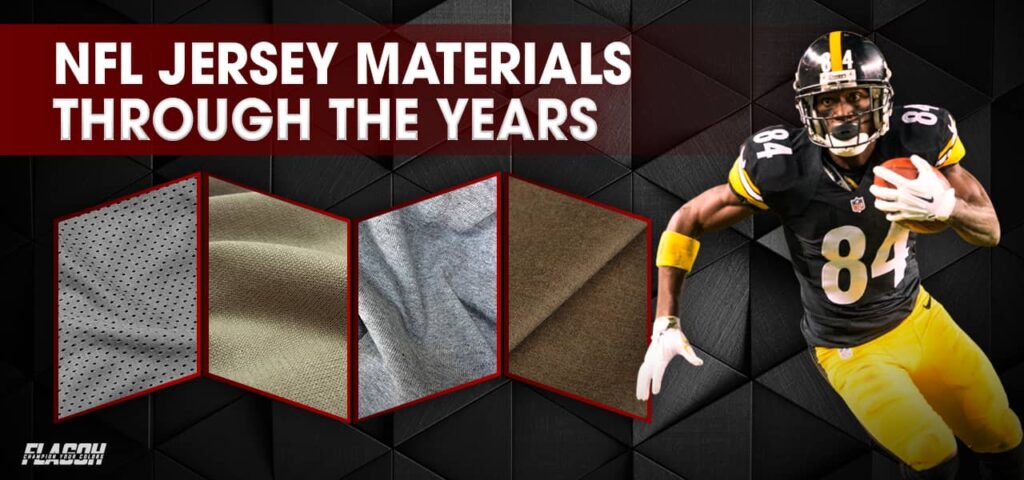
Mesh (1990s–Today)
Imagine the lightest, most breathable fabric you can. That’s mesh! It’s the champion of airflow, designed to keep you cool and dry quickly, making it a top pick for hot game days or intense workouts. If you tend to heat up, this is your go-to.
Interlock (1990s–Today)
If you love a crisp, clean look, you’ll love interlock. This fabric has a slightly smoother, more structured feel that makes those team logos and numbers really pop. It offers a great balance—decent breathability with a sharper, more “photo-ready” drape.
Double-Knit (1960s–1980s)
Remember those slightly stiffer, super shiny jerseys from the ’60s and ’80s? That’s double-knit polyester. This fabric is all about durability and blocking wind. It’s a workhorse, but it’s less breathable than its modern counterparts. It’s a classic for a reason.
Flannel (1920s–1950s)
The original! Made from heavy wool or cotton, flannel jerseys are all about that classic, retro look and feel. They’re iconic, but be warned—they’re the heaviest and warmest of the bunch. Perfect for collectors and cold-weather nostalgia.
Ultimately, your choice depends on priority. Authentic jerseys offer spec-accurate durability, while replicas prioritize comfort. Understanding these material advancements allows you to select the perfect jersey for performance or casual wear.
Uniform NFL Jersey Rules Over the Years
From FlagOh’s perspective, the history of NFL jerseys is a story of functional evolution—moving from simple uniforms to technical apparel shaped by television and a growing fan culture. That transformation is most visible in three core elements of the jersey: its numbers, player names, and logos.
Numbers – From Identification to TV Optimization
Numbers were initially mandated for a practical purpose: allowing referees, broadcasters, and fans to quickly identify players on the field and on television. This system evolved significantly over the decades. Early 20th-century jerseys featured simple, manually-stitched numbers, which gradually transformed into large, highly readable blocks. A key standardization occurred in the 1970s when the NFL assigned specific number ranges to player positions for easier recognition.
Placement is strategic: the largest numbers (25–30 cm) are on the back for television cameras, supplemented by smaller “TV numbers” on the shoulders or sleeves for high-angle shots. Modern design focuses heavily on legibility, using simple block fonts, high-contrast colors, and matte finishes to reduce glare under stadium LEDs. Materials also progressed from basic felt and chain-stitching to durable tackle twill, and now incorporate sublimation printing for complex designs.
Names – The Rise of Personalization and Retail
The “Name on Back” (NOB) began appearing sporadically in the 1960s and became standard by the 1970s. This change was driven by the rise of color television, the need for live statistics, and an enhanced fan experience. Critically, it launched the massive market for personalized fan jerseys.
For practicality, most teams use a “nameplate”—a separate fabric strip with the name sewn on—which can be easily removed and replaced when a player is traded. The name is typically placed on the upper back (yoke) above the number, using tight kerning (letter spacing) to fit long names neatly. The introduction of NOBs forced manufacturers to standardize fonts and develop application techniques that wouldn’t make the back of the jersey stiff or heavy.
Logos – From Simple Stripes to a Complete Identity System
Early NFL jerseys were minimalistic, often featuring only stripes rather than team logos. Over time, logos and patches became crucial to a team’s brand. Patches were added to commemorate championships, anniversaries, or memorials, while primary team logos were refined with bold colors and clear outlines to look better on television.
Logo placement is strategic, usually on the upper chest or sleeve, to avoid major seams and interference with the shoulder pads underneath. The technology has evolved from simple felt or direct embroidery to durable, layered twill. Modern patches are lightweight and often use a mesh backing, allowing the jersey to drape naturally and remain breathable. Today’s jersey features a complete, regulated system that integrates the team logo, the NFL shield, and specialty patches (like the Captain’s patch), balancing durability, light weight, and high visibility.
Iconic NFL Jerseys That Made History
Within the rich history of NFL jerseys, some designs transcend mere uniforms to become cultural artifacts. They are not just worn; they are remembered. These iconic jerseys capture the spirit of an era, the attitude of a franchise, or a timeless aesthetic, cementing their legendary status in the story of the game.
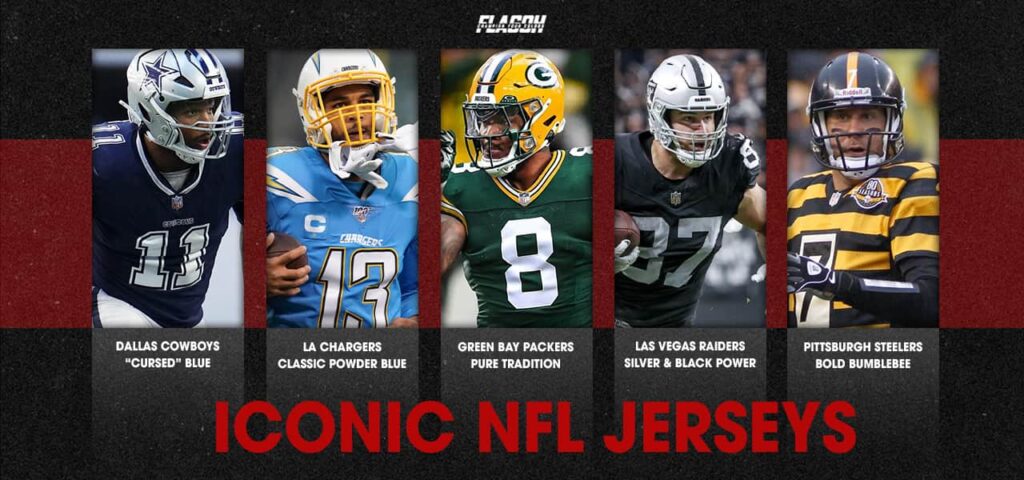
The Dallas Cowboys and the “Cursed” Blue Jersey
When you think of “America’s Team,” you’re likely picturing this uniform. The navy blue top, often paired with those signature silver-green pants and the iconic Lone Star, became a symbol of the NFL during the league’s television boom.
But what truly immortalized it is the “legend” of the unlucky blue jersey. For decades, a narrative grew that the team was cursed or simply played poorly in big games while wearing it. This captivating lore, combined with decades of prime-time exposure, cemented its status as a true cultural icon.
The Chargers’ Timeless Powder Blue
This might be one of the most beautiful jerseys to ever grace a football field. The Chargers’ signature “powder blue,” perfectly accented by the bold lightning bolt graphic on the shoulders, creates a look that is both fast and elegant.
Despite its roots in the ’60s, the design feels incredibly modern. The high contrast, clean numerals, and its repeated revivals as an alternate uniform have proven it’s a timeless classic. It’s a true case study in how to modernize a legacy without losing what made it special.
Green Bay Packers: The Definition of Tradition
If there’s one jersey that defines “tradition,” it’s this one. The deep forest green, the “athletic gold” trim, and the classic sleeve stripes—this design has remained almost untouched since the great Lombardi Era of the 1960s.
It was the team’s incredible success during that period, combined with an amazing discipline to keep the typography and colors consistent for decades, that turned this uniform into the archetype of NFL aesthetics. When you see that green and gold, you instantly think of history, glory, and constancy.
The Raiders and the Power of Silver & Black
Just two colors: silver and black. This isn’t just a uniform; it’s an attitude. The stark black jersey, set against piercing silver numbers, creates a look that is minimalist yet incredibly intimidating.
There are no frills here. That very simplicity is what radiates a sense of danger. It perfectly matches the team’s swagger and “Just Win, Baby” philosophy, stretching from the Al Davis era all the way to their modern home in Las Vegas. It is a masterclass in branding through pure, unfiltered intimidation.
Pittsburgh Steelers and the Divisive “Bumblebee”
Talk about a jersey you just can’t ignore. The Steelers’ “Bumblebee” throwback, with its bold, horizontal black-and-gold stripes, is one of the most divisive—yet unforgettable—designs in NFL history.
When it was reissued from its 1934 origins (worn from 2012–2016), it immediately took the league by storm. Whether you loved it or hated it, there’s no denying this design perfectly encapsulated the gritty, blue-collar spirit of early pro football and the identity of Pittsburgh itself. It’s not just a jersey; it’s a statement. The journey from heavy wool to high-performance tech perfectly captures the history of NFL jerseys. Each era, from the classic double-knits to modern breathable mesh, tells a story of innovation and identity. FlagOh celebrates this entire legacy, offering heritage styles and modern cuts that honor the evolution of the game.

 Arizona Cardinals Flag
Arizona Cardinals Flag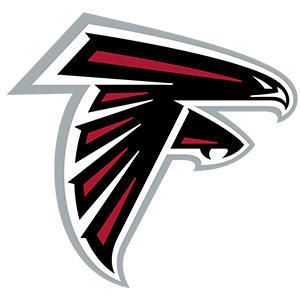 Atlanta Falcons Flag
Atlanta Falcons Flag Baltimore Ravens Flag
Baltimore Ravens Flag Buffalo Bills Flag
Buffalo Bills Flag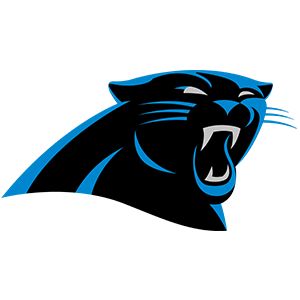 Carolina Panthers Flag
Carolina Panthers Flag Chicago Bears Flag
Chicago Bears Flag Cincinnati Bengals Flag
Cincinnati Bengals Flag Cleveland Browns Flag
Cleveland Browns Flag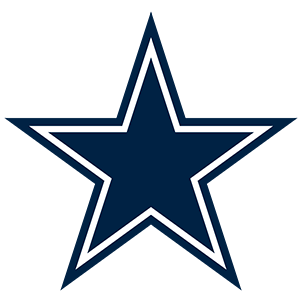 Dallas Cowboys Flag
Dallas Cowboys Flag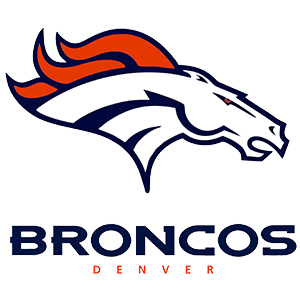 Denver Broncos Flag
Denver Broncos Flag Detroit Lions Flag
Detroit Lions Flag Green Bay Packers Flag
Green Bay Packers Flag Houston Texans Flag
Houston Texans Flag Indianapolis Colts Flag
Indianapolis Colts Flag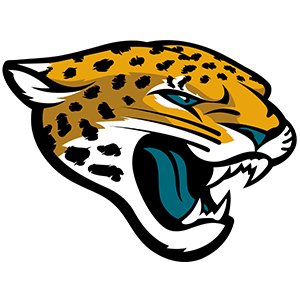 Jacksonville Jaguars Flag
Jacksonville Jaguars Flag Kansas City Chiefs Flag
Kansas City Chiefs Flag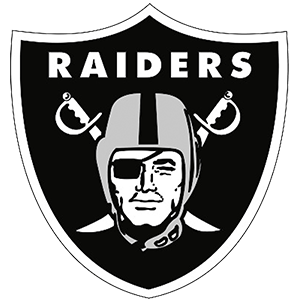 Las Vegas Raiders Flag
Las Vegas Raiders Flag Los Angeles Chargers Flag
Los Angeles Chargers Flag Los Angeles Rams Flag
Los Angeles Rams Flag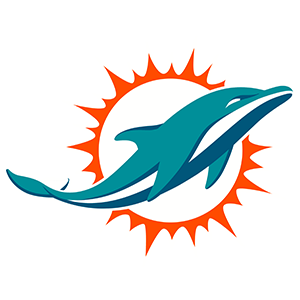 Miami Dolphins Flag
Miami Dolphins Flag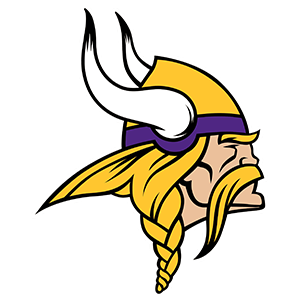 Minnesota Vikings Flag
Minnesota Vikings Flag New England Patriots Flag
New England Patriots Flag New Orleans Saints Flag
New Orleans Saints Flag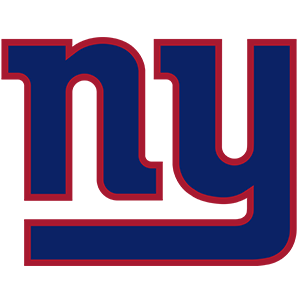 New York Giants Flag
New York Giants Flag New York Jets Flag
New York Jets Flag Philadelphia Eagles Flag
Philadelphia Eagles Flag Pittsburgh Steelers Flag
Pittsburgh Steelers Flag San Francisco 49ers Flag
San Francisco 49ers Flag Seattle Seahawks Flag
Seattle Seahawks Flag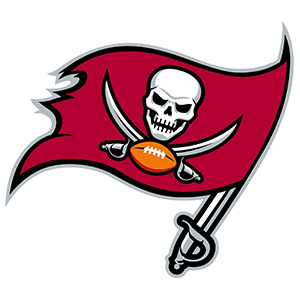 Tampa Bay Buccaneers Flag
Tampa Bay Buccaneers Flag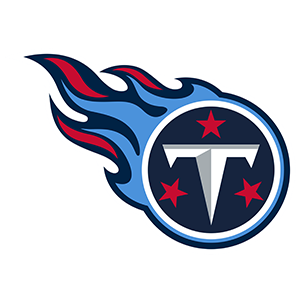 Tennessee Titans Flag
Tennessee Titans Flag Washington Commanders Flag
Washington Commanders Flag Arizona Diamondbacks Flag
Arizona Diamondbacks Flag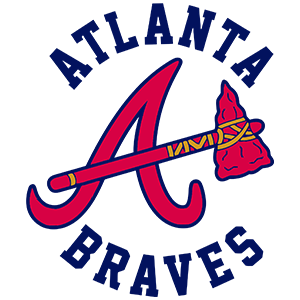 Atlanta Braves Flag
Atlanta Braves Flag Baltimore Orioles Flag
Baltimore Orioles Flag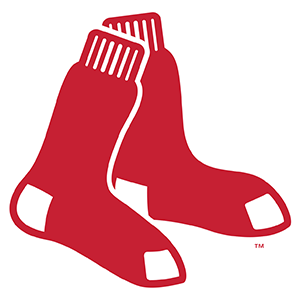 Boston Red Sox Flag
Boston Red Sox Flag Chicago Cubs Flag
Chicago Cubs Flag Chicago White Sox Flag
Chicago White Sox Flag Cincinnati Reds Flag
Cincinnati Reds Flag Cleveland Guardians Flag
Cleveland Guardians Flag Colorado Rockies Flag
Colorado Rockies Flag Detroit Tigers Flag
Detroit Tigers Flag Houston Astros Flag
Houston Astros Flag Kansas City Royals Flag
Kansas City Royals Flag Los Angeles Angels Flag
Los Angeles Angels Flag Los Angeles Dodgers Flag
Los Angeles Dodgers Flag Miami Marlins Flag
Miami Marlins Flag Milwaukee Brewers Flag
Milwaukee Brewers Flag Minnesota Twins Flag
Minnesota Twins Flag New York Mets Flag
New York Mets Flag New York Yankees Flag
New York Yankees Flag Oakland Athletics Flag
Oakland Athletics Flag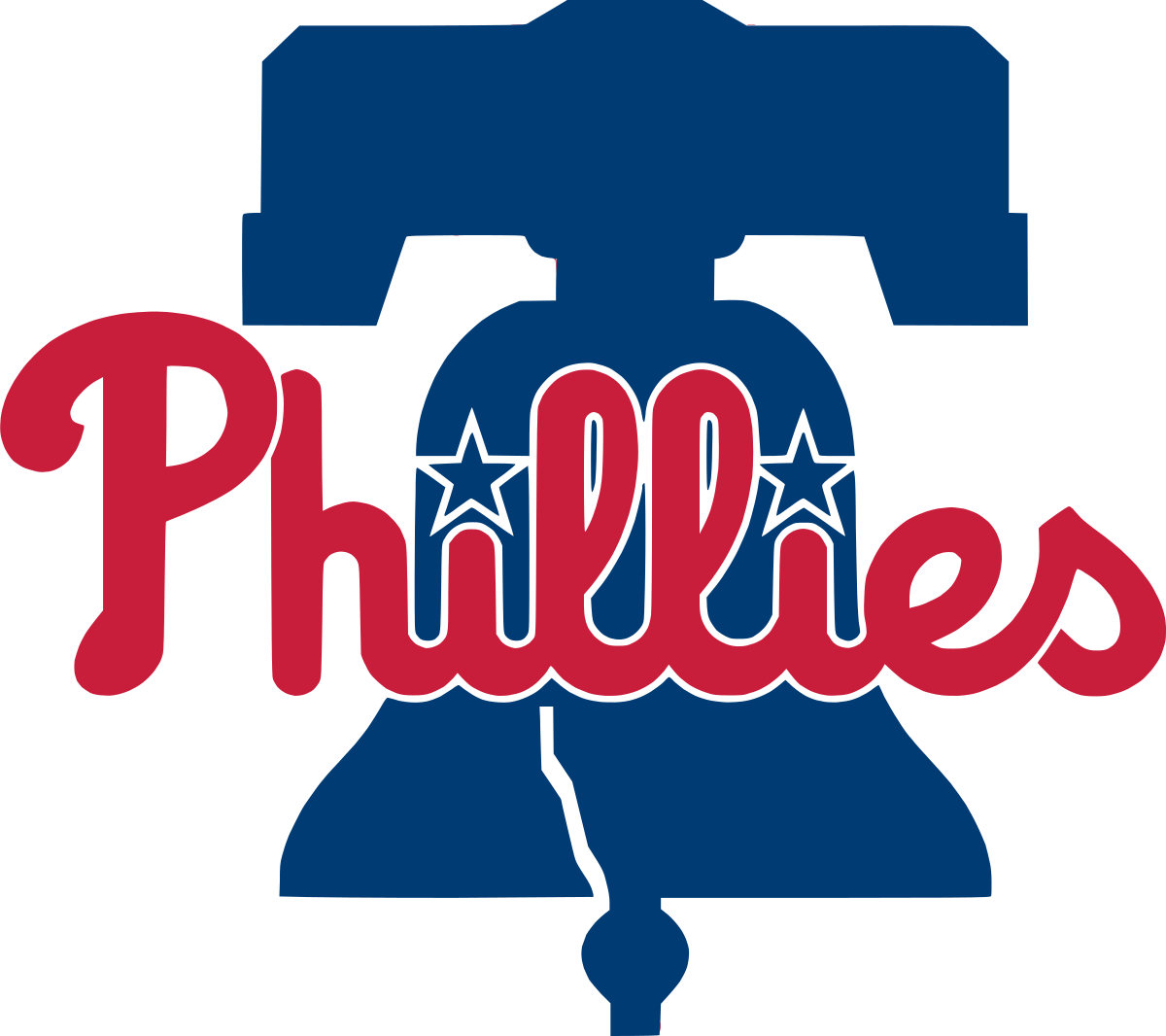 Philadelphia Phillies Flag
Philadelphia Phillies Flag Pittsburgh Pirates Flag
Pittsburgh Pirates Flag San Diego Padres Flag
San Diego Padres Flag San Francisco Giants Flag
San Francisco Giants Flag Seattle Mariners Flag
Seattle Mariners Flag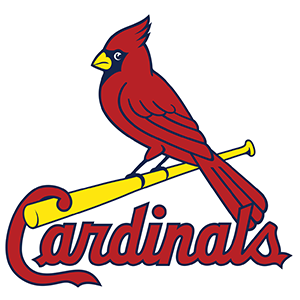 St. Louis Cardinals Flag
St. Louis Cardinals Flag Tampa Bay Rays Flag
Tampa Bay Rays Flag Texas Rangers Flag
Texas Rangers Flag Toronto Blue Jays Flag
Toronto Blue Jays Flag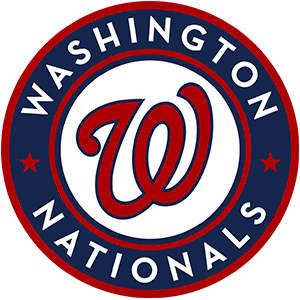 Washington Nationals Flag
Washington Nationals Flag Atlanta Hawks Flag
Atlanta Hawks Flag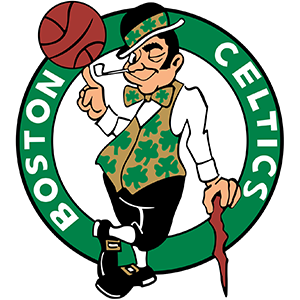 Boston Celtics Flag
Boston Celtics Flag Brooklyn Nets Flag
Brooklyn Nets Flag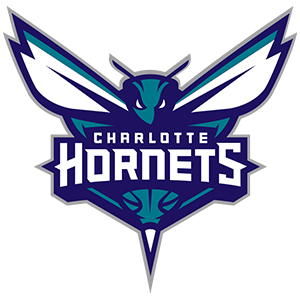 Charlotte Hornets Flag
Charlotte Hornets Flag Chicago Bulls Flag
Chicago Bulls Flag Cleveland Cavaliers Flag
Cleveland Cavaliers Flag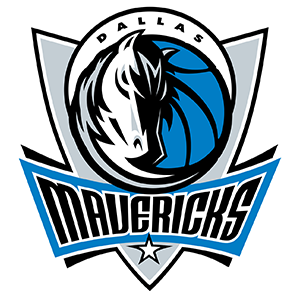 Dallas Mavericks Flag
Dallas Mavericks Flag Denver Nuggets Flag
Denver Nuggets Flag Detroit Pistons Flag
Detroit Pistons Flag Golden State Warriors Flag
Golden State Warriors Flag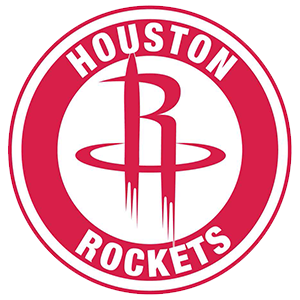 Houston Rockets Flag
Houston Rockets Flag Indiana Pacers Flag
Indiana Pacers Flag LA Clippers Flag
LA Clippers Flag Los Angeles Lakers Flag
Los Angeles Lakers Flag Memphis Grizzlies Flag
Memphis Grizzlies Flag Miami Heat Flag
Miami Heat Flag Milwaukee Bucks Flag
Milwaukee Bucks Flag Minnesota Timberwolves Flag
Minnesota Timberwolves Flag New Orleans Pelicans Flag
New Orleans Pelicans Flag New York Knicks Flag
New York Knicks Flag Oklahoma City Thunder Flag
Oklahoma City Thunder Flag Orlando Magic Flag
Orlando Magic Flag Philadelphia 76ers Flag
Philadelphia 76ers Flag Phoenix Suns Flag
Phoenix Suns Flag Portland Trail Blazers Flag
Portland Trail Blazers Flag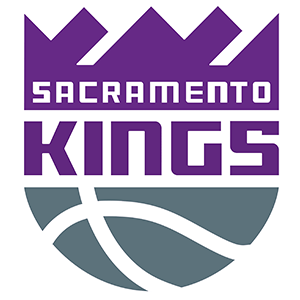 Sacramento Kings Flag
Sacramento Kings Flag San Antonio Spurs Flag
San Antonio Spurs Flag Toronto Raptors Flag
Toronto Raptors Flag Utah Jazz Flag
Utah Jazz Flag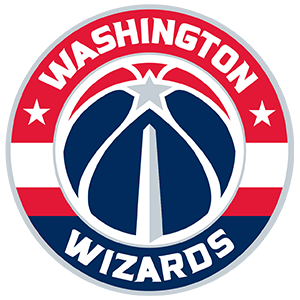 Washington Wizards Flag
Washington Wizards Flag Anaheim Ducks Flag
Anaheim Ducks Flag Arizona Coyotes Flag
Arizona Coyotes Flag Boston Bruins Flag
Boston Bruins Flag Buffalo Sabres Flag
Buffalo Sabres Flag Calgary Flames Flag
Calgary Flames Flag Carolina Hurricanes Flag
Carolina Hurricanes Flag Chicago Blackhawks Flag
Chicago Blackhawks Flag Colorado Avalanche Flag
Colorado Avalanche Flag Columbus Blue Jackets Flag
Columbus Blue Jackets Flag Dallas Stars Flag
Dallas Stars Flag Detroit Red Wings Flag
Detroit Red Wings Flag Edmonton Oilers Flag
Edmonton Oilers Flag Florida Panthers Flag
Florida Panthers Flag Los Angeles Kings Flag
Los Angeles Kings Flag Minnesota Wild Flag
Minnesota Wild Flag Montreal Canadiens Flag
Montreal Canadiens Flag Nashville Predators Flag
Nashville Predators Flag New Jersey Devils Flag
New Jersey Devils Flag New York Islanders Flag
New York Islanders Flag New York Rangers Flag
New York Rangers Flag Ottawa Senators Flag
Ottawa Senators Flag Philadelphia Flyers Flag
Philadelphia Flyers Flag Pittsburgh Penguins Flag
Pittsburgh Penguins Flag San Jose Sharks Flag
San Jose Sharks Flag Seattle Kraken Flag
Seattle Kraken Flag St. Louis Blues Flag
St. Louis Blues Flag Tampa Bay Lightning Flag
Tampa Bay Lightning Flag Toronto Maple Leafs Flag
Toronto Maple Leafs Flag Vancouver Canucks Flag
Vancouver Canucks Flag Vegas Golden Knights Flag
Vegas Golden Knights Flag Washington Capitals Flag
Washington Capitals Flag Winnipeg Jets Flag
Winnipeg Jets Flag Auburn Tigers Flag
Auburn Tigers Flag Clemson Tigers Flag
Clemson Tigers Flag Florida Gators Flag
Florida Gators Flag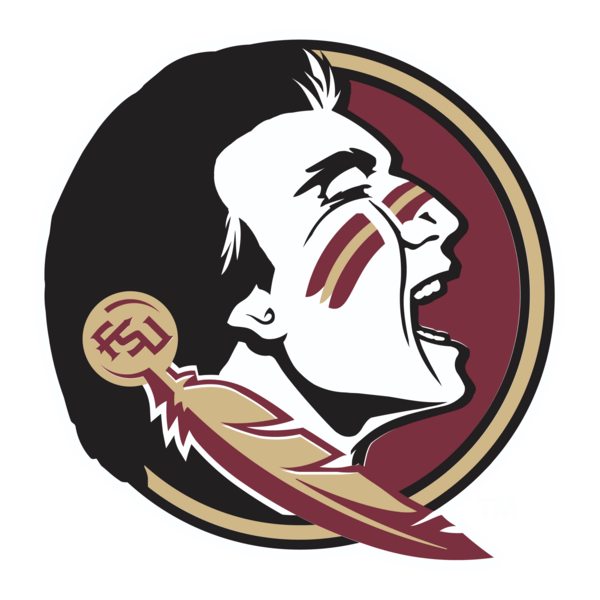 Florida State Seminoles Flag
Florida State Seminoles Flag Michigan Wolverines Flag
Michigan Wolverines Flag Nebraska Cornhuskers Flag
Nebraska Cornhuskers Flag Notre Dame Fighting Irish Flag
Notre Dame Fighting Irish Flag Ohio State Buckeyes Flag
Ohio State Buckeyes Flag Oklahoma Sooners Flag
Oklahoma Sooners Flag Oregon Ducks Flag
Oregon Ducks Flag Penn State Nittany Lions Flag
Penn State Nittany Lions Flag South Carolina Gamecocks Flag
South Carolina Gamecocks Flag Tennessee Volunteers Flag
Tennessee Volunteers Flag Texas A&M Aggies Flag
Texas A&M Aggies Flag Texas Longhorns Flag
Texas Longhorns Flag USC Trojans Flag
USC Trojans Flag